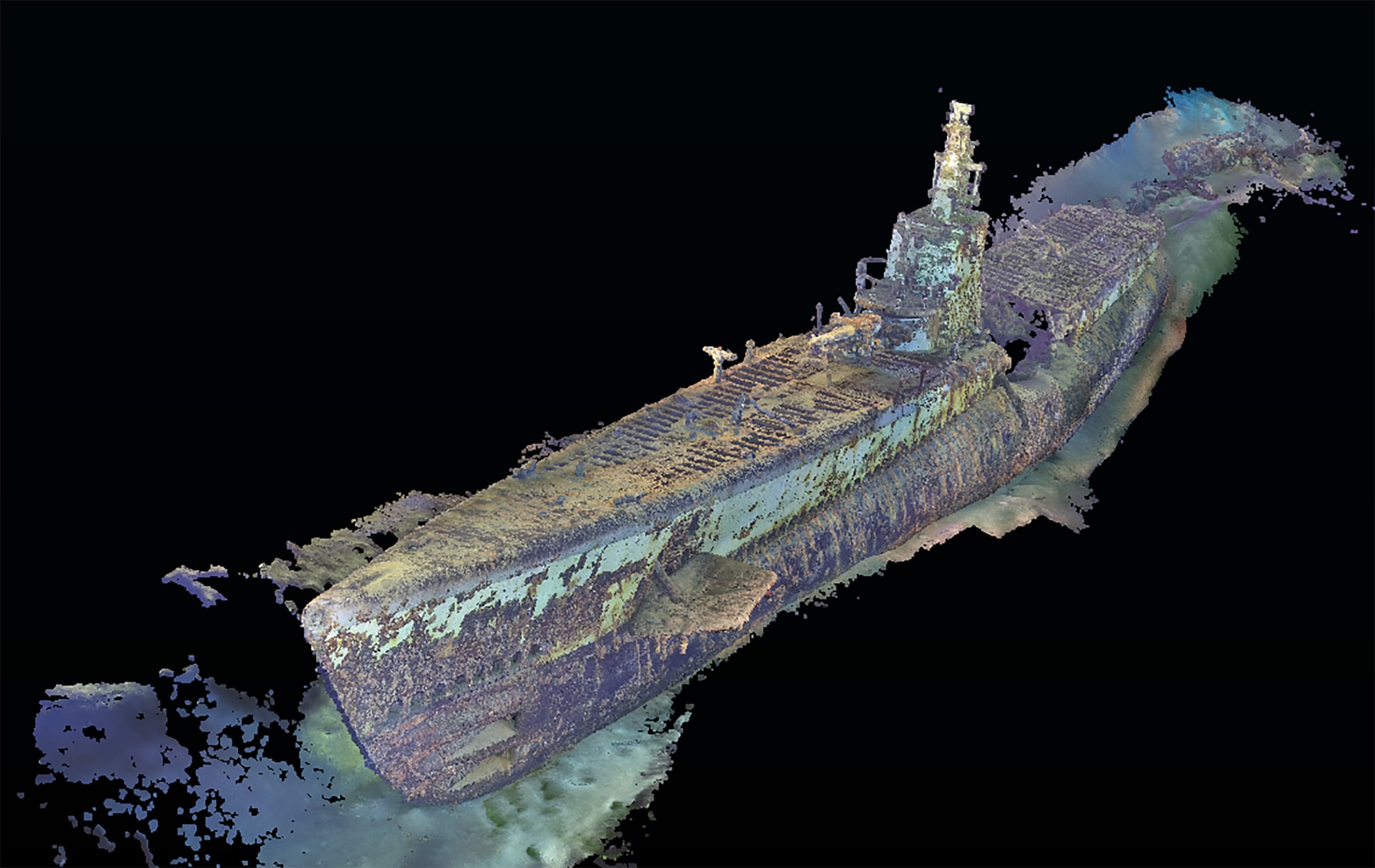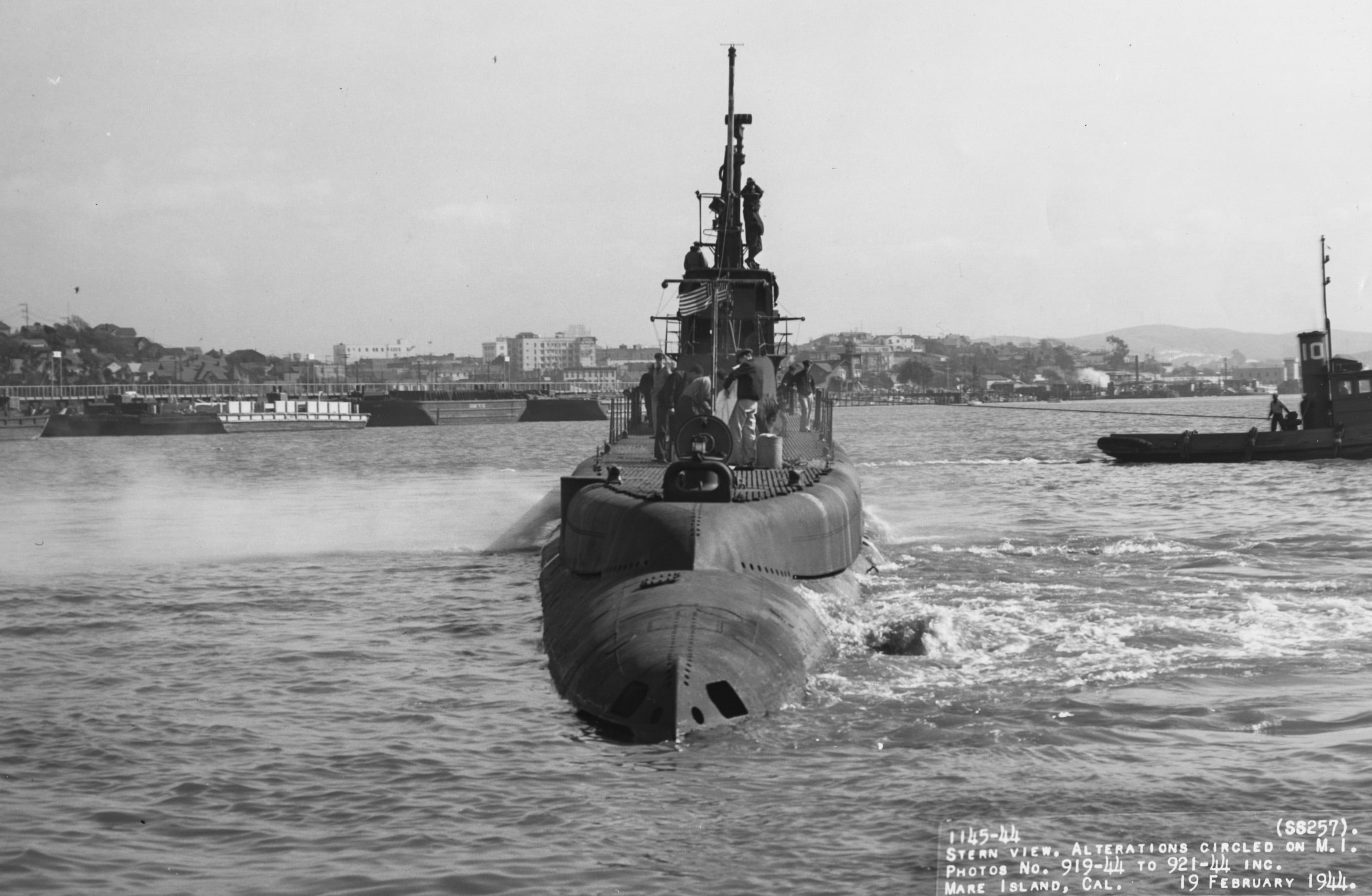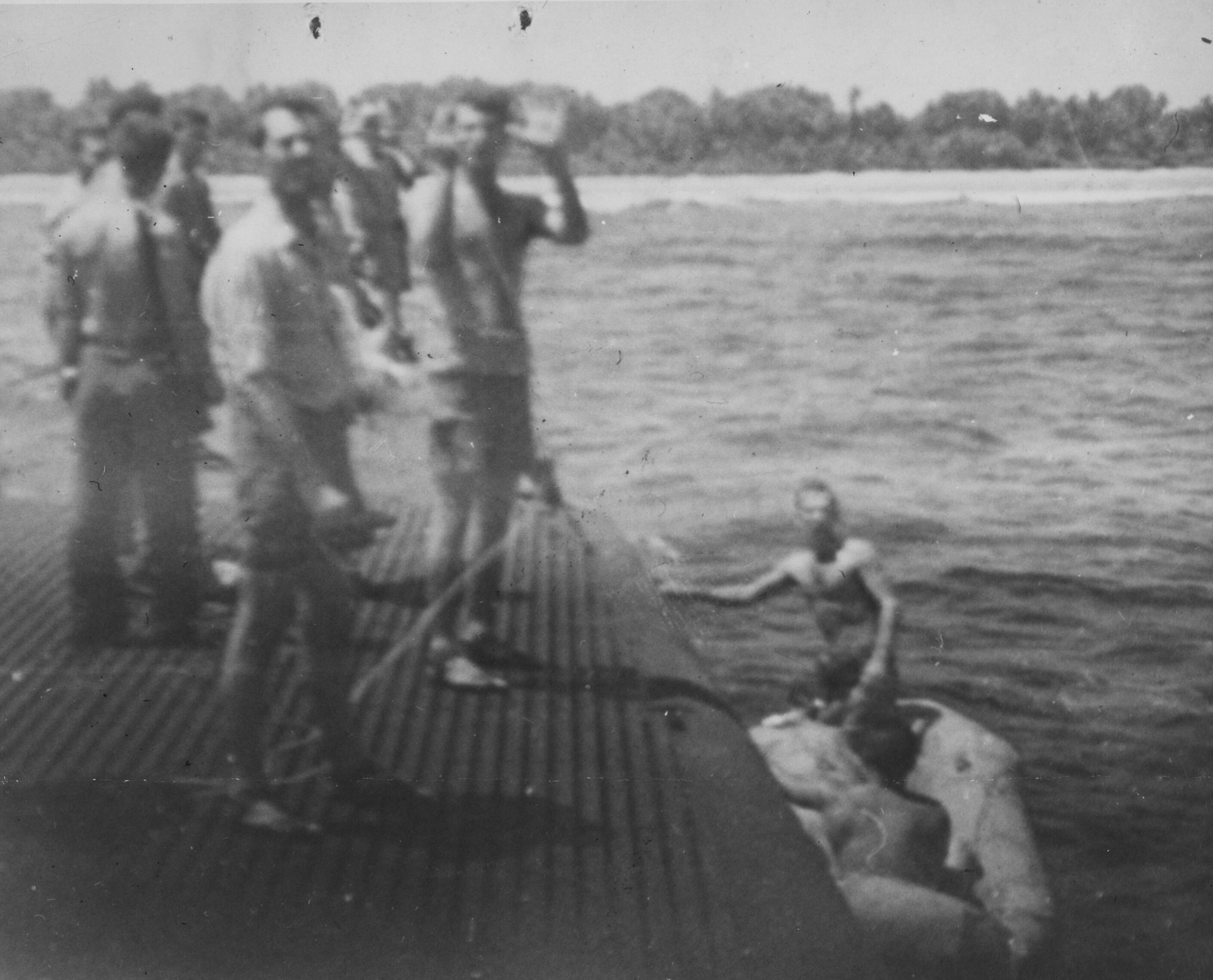The final resting place of the 79 sailors aboard the submarine Harder has been found.
The boat was sunk by Japanese depth charges on Aug. 24, 1944, while Harder was on patrol. Its last known location was in the South China Sea, near the Philippines, according to the Naval History and Heritage Command.
The command’s underwater archaeology branch confirmed Harder’s location with the help of Tiburon Subsea CEO Tim Taylor and the Lost 52 project, a group that works to find and memorialize the 52 U.S. submarines lost during World War II.
In addition to Harder, the group has located fellow fallen subs Grayback, Stickleback, R-12, S-26, S-28 and Grunion, according to the Navy, and Taylor received the Navy’s Distinguished Public Service Award in 2021 for his efforts.
Harder was found sitting upright with its keel “relatively intact” at a depth of more than 3,000 feet, with depth charge damage aft of the conning tower, the Navy said.

While it can be challenging to identify subs in such situations, the Navy credited the data collected by Lost 52 and the “excellent state of preservation of the site” as key to confirming that the wreck is Harder.
“Harder was lost in the course of victory,” Navy History and Heritage Command’s director, retired Adm. Samuel J. Cox, said in a statement. “We must not forget that victory has a price, as does freedom.”
“We are grateful that Lost 52 has given us the opportunity to once again honor the valor of the crew of the ‘Hit ‘em HARDER’ submarine that sank the most Japanese warships – in particularly audacious attacks – under her legendary skipper, Cmdr. Sam Dealey.”
Harder played a key role in disrupting Japanese forces in the lead up to the Battle of the Philippine Sea in June 1944, according to the Navy.
During its fifth and most successful patrol in May and June of 1944, Harder sunk three Japanese destroyers and crippled two others over the course of four days, attacks that prompted Admiral Jisaburo Ozawa to depart his fleet from Tawi-Tawi, Philippines, a day early, according to the Navy.
That earlier departure mucked up Japanese battle plans and forced Ozawa to slow down his carrier force in the Philippine Sea, which contributed to the Japanese defeat in the battle, according to the Navy.
The final days of the Harder and its sailors began during the boat’s sixth war patrol, when it joined fellow sub Haddo in attacking and destroying three Japanese escort ships off Bataan, Philippines, on Aug. 22.
As the sun rose the next day, Haddo attacked until it needed to leave for torpedo replenishment, and Harder and Hake stayed off Dasol Bay, prowling for new targets.
On Aug. 24, Hake went deep and silent to avoid a Japanese attack, and reported hearing 15 rapid depth charges at about 7:30 a.m.
Japanese records later showed that Harder fired three torpedoes at an escort ship, and that the ship sunk Harder with the fifth depth charge that it dropped, according to the Navy.

Harder’s commanding officer, Cmdr. Dealey, was posthumously awarded the Medal of Honor for Harder’s fifth war patrol, and the sub received a Presidential Unit Citation and six battle stars for its service in World War II.
The Navy said the Harder’s final resting place is protected under U.S. law and falls within the Navy’s jurisdiction.
Any activity around the site must be cleared by the Navy as well.
“Most importantly, the wreck represents the final resting place of sailors that gave their life in defense of the nation and should be respected by all parties as a war grave,” the Navy said.
Geoff is the managing editor of Military Times, but he still loves writing stories. He covered Iraq and Afghanistan extensively and was a reporter at the Chicago Tribune. He welcomes any and all kinds of tips at geoffz@militarytimes.com.





